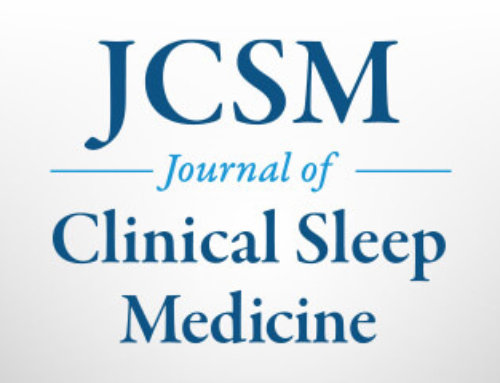The National Heart, Lung, and Blood Institute (NHLBI) has released the final version of its new Strategic Vision, which will shape its scientific research priorities and guide future funding strategies over the next decade. The vision is built on 4 mission-oriented goals: understand human biology, reduce human disease, advance translational research, and develop workforce and resources. It also comprises 8 objectives and 132 research priorities, including several compelling questions and critical challenges related to sleep and circadian rhythms:
Compelling Questions:
- What are the basic pathways underlying the effects of circadian function, synchronization, and harmonization on heart, lung, blood, and sleep (HLBS) health and resilience across the lifespan?
- Does circadian regulation modify the effects of environmental exposures (e.g., cigarette smoke, particulates, pathogens, temperature, humidity) on mechanisms of HLBS function?
- What are the major determinants of individual and sex differences in breathing patterns in sleep, susceptibility to insomnia, and other sleep behaviors?
- Would circadian-based strategies (e.g., sleep, timing of medication, meals) improve the efficacy of treatments for HLBS diseases (e.g., hypertension, asthma, thrombosis, obesity/diabetes)?
- Do interventions to improve ventilation during sleep decrease morbidity and mortality in individuals with either heart failure (or other diseases associated with chronic hypoxemia) and sleep-disordered breathing?
Critical Challenges:
- Robust tools and algorithms are needed to evaluate objective biomarkers of sleep health and dysfunction.
- Integration of multidimensional data from a variety of sources (e.g., molecular, social, behavioral, environmental exposures, wearable sensor, self-reported data) is needed to develop predictive and actionable models of weight gain, weight loss, and weight loss maintenance and to clarify the role of obesity in the risk, prevention, and treatment of cardiopulmonary and sleep disorders.






